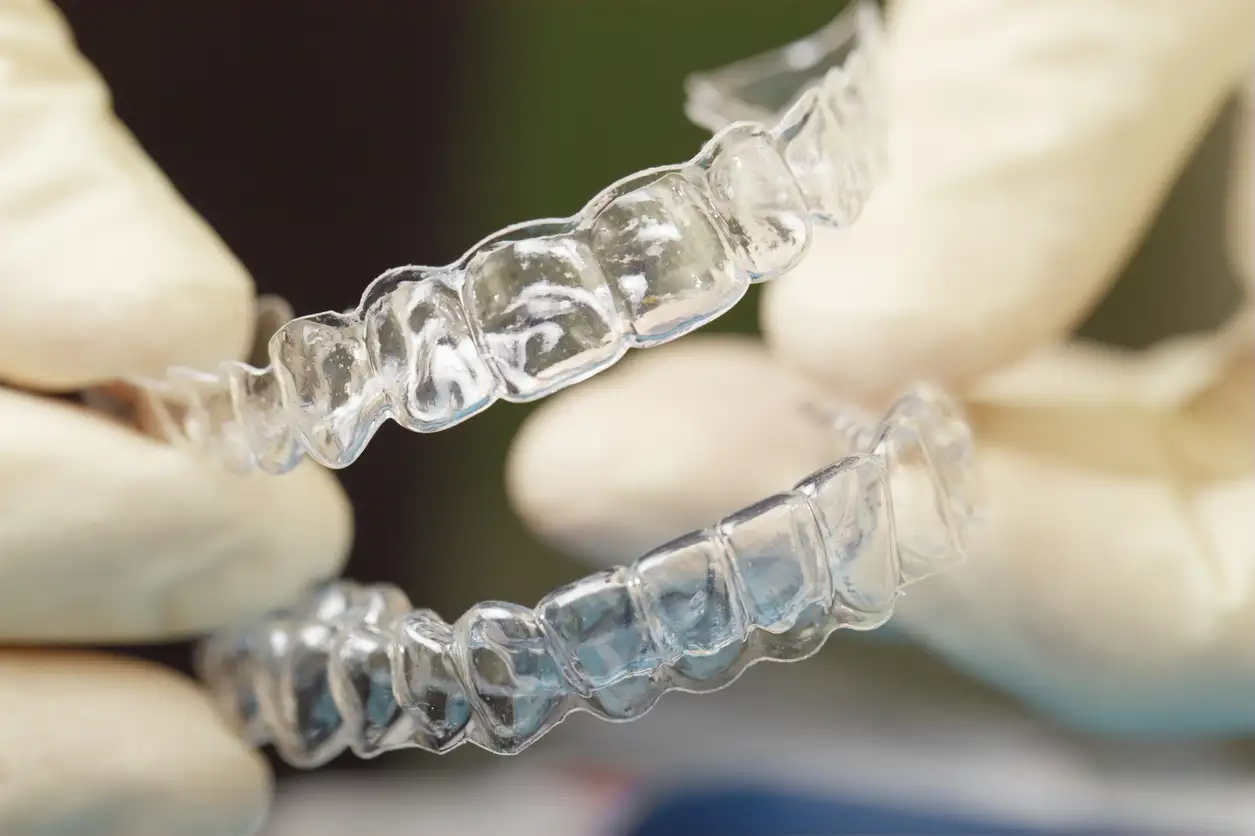Understanding Invisible Dentures and Aligners: Costs, Specialists, and Treatment Insights in the United States for 2025
Did you know invisible dentures and clear aligners are changing dental care with discreet, customizable options? This article offers detailed information about costs, specialist roles, treatment processes, and financing options across the United States in 2025.

What Are Invisible Dentures and Clear Dental Aligners?
Invisible dentures usually mean denture options that are less noticeable and more comfortable than traditional removable dentures. These could include snap-in dentures or ultra-thin dentures that fit securely and comfortably, often supported by implants, improving both appearance and function.
Clear dental aligners—such as Invisalign and comparable brands—are transparent, custom-made plastic trays that fit over the teeth to gradually move misaligned teeth into their correct positions. Unlike metal braces, they are nearly invisible, removable, and allow easier oral hygiene and unrestricted eating habits.
Key Benefits:
- Visually appealing without visible metal parts.
- Removable for eating, brushing, and flossing.
- Comfortable with minimal irritation.
- Tailored to individual dental structure.
- Typically faster treatment times than traditional braces.
- Boosts confidence due to discreet appearance.
Average Cost of Invisible Dental Aligners in the United States (2025)
The price of invisible dental aligners like Invisalign varies widely, depending on factors such as the complexity of the case, treatment length, location, and provider skill.
-
Typical Cost Range: $3,000 to $9,000
Most patients fall between $4,000 and $7,000 for Invisalign aligners. More affordable formats, like Invisalign Express for minor shifts, range from about $1,500 to $4,000. - Cost Influencers:
- Degree of tooth misalignment or crowding
- Number of aligner trays needed (typically 5 to 20+)
- Provider’s reputation and experience
- Additional dental work required (extractions, restorations)
- Treatment length, usually 6 to 18 months
-
Retainers:
Retainers are essential after treatment to maintain tooth placement and are often included in the overall cost. If bought separately, retainers generally cost between $100 and $500 each. - Snap-in Dentures:
Nationwide pricing data for snap-in dentures (implant-supported) is limited and varies depending on manufacturing, implant procedures, and local labs. Prices usually cover implants plus denture fabrication by specialized labs. For precise rates, contacting denture specialists and labs directly is advisable.
Understanding Invisible Denture Options and Specialists
Invisible or snap-in dentures are custom-created through cooperation between dental specialists and denture labs:
-
Denture Specialists:
These include prosthodontists or denturists trained in denture fitting, design, and repair. They offer options like snap-in dentures, implant-supported dentures, or ultra-thin removable dentures aimed at invisibility and comfort. -
Denture Labs and Makers:
Manufacturing occurs at specialized dental labs that produce durable, natural-looking dentures. Though no universal directories exist, many dental offices refer patients to reputable denture makers.
To find qualified denture specialists:
- Look for certified prosthodontists or denturists experienced in implant-supported or snap-in dentures.
- Choose dental practices that provide thorough consultations using digital impressions and 3D modeling for custom denture solutions.
- Inquire about clinic connections with local denture labs for timely adjustments and repairs.
Finding Experienced Invisible Dental Aligner Providers
Invisible aligners like Invisalign require orthodontists or dentists certified for this treatment. Steps include:
-
Consultation: Begin with an evaluation to assess if aligners are suitable. This often involves 3D scans or X-rays.
-
Treatment Planning: Advanced imaging maps tooth movement to design custom aligners.
-
Follow-Up: Periodic checkups, usually every 4–6 weeks, monitor progress and deliver new trays.
-
Suitability: Aligners work for adults and children aged about 7 and up with issues such as crowding, gaps, overbites, or crossbites.
Payment Options and Insurance Coverage for Aligners and Dentures
The upfront cost for invisible aligners or dentures can be substantial, but various payment options can help make treatment more manageable:
-
Insurance:
Some dental insurance plans partially cover aligners, often up to $1,500. Medicare and Medicaid generally exclude cosmetic orthodontics but may assist with emergency or medically necessary care. -
Financing and Payment Plans:
Many providers offer monthly payment plans, for example, $89 to $200 per month over 24–36 months. -
Third-Party Financing:
Includes options such as:- CareCredit: Healthcare credit card for dental expenses.
- Credee: No-credit-check loans for affordable access.
- LendingClub and similar loan providers.
Patients frequently use Health Savings Accounts (HSA) or Flexible Spending Accounts (FSA) for tax-advantaged payment, reducing out-of-pocket costs.
- Dental Schools:
Some dental schools offer discounted treatment supervised by certified professionals, allowing savings without sacrificing quality.
Tips for Choosing Denture Specialists and Aligner Providers
When selecting specialists:
- Check credentials and certifications for Invisalign or denture expertise.
- Schedule a free or low-cost consultation to understand treatment scope, cost, and timeline.
- Confirm what the quoted price includes, e.g., retainers, follow-up visits.
- Compare multiple providers to find the best match for needs and budget.
- Review recent patient feedback and testimonials.
- Verify whether payment plans and insurance claims are handled by the office.
Summary
In 2025, invisible dentures and clear aligners offer discreet, effective alternatives to enhance smiles, improve bite function, and boost confidence. Treatment costs for invisible aligners typically range from $3,000 to $9,000 in the U.S., influenced by treatment difficulty and provider factors. Snap-in denture pricing varies considerably, depending on implant placement and denture fabrication, generally requiring specialist consultation. Financing options, flexible payment plans, and partial insurance can assist with the upfront costs.
Patients considering these treatments should consult certified orthodontists and prosthodontists to discuss personalized treatment plans, cost estimates, and payment choices to make informed dental care decisions in 2025.
Sources
- Taft Hill Orthodontics - Invisalign Cost Fort Collins Colorado
- Credee - Invisalign Cost and Payment Options
- Navarro Dental Center - Invisalign Dentists Corsicana Texas
Disclaimer: All content, including text, graphics, images and information, contained on or available through this web site is for general information purposes only. The information and materials contained in these pages and the terms, conditions and descriptions that appear, are subject to change without notice.




